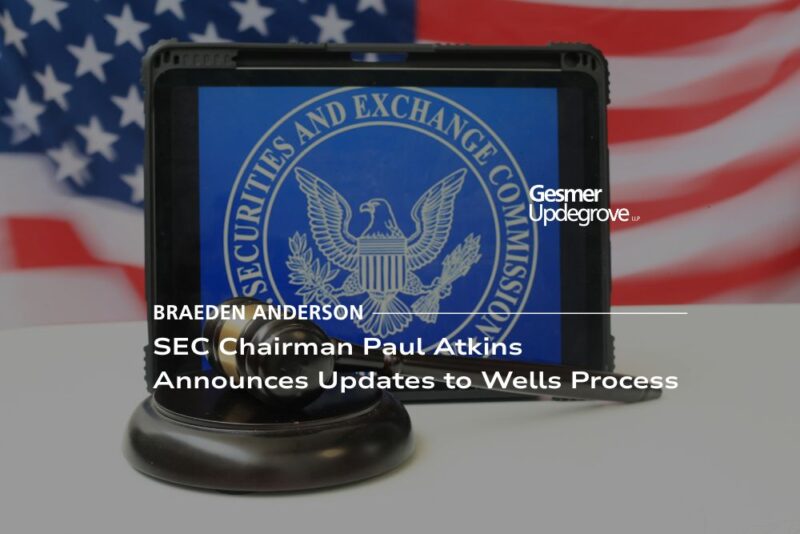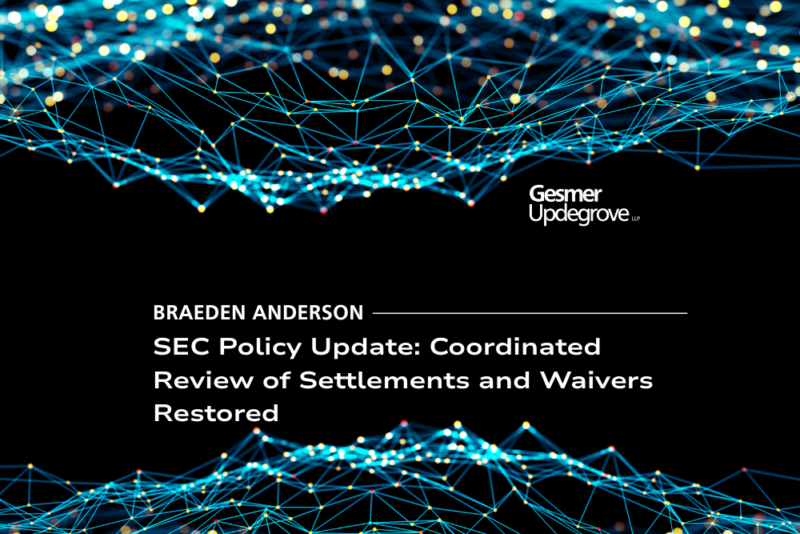By Bill Hilton
The Challenge
A significant challenge faced by many early-stage companies that are interested in filing provisional patent applications, is that a provisional patent application must be filed prior to any public disclosure of the invention (to preserve foreign rights). This means no disclosure prior to any revenue on any product or service of the invention. The process therefore, needs to be funded through means other than using revenue from commercial success of the invention. Additionally, priority as between parties that independently discover the invention is given to the first applicant to file under U.S. law.
This first-to-file priority standard further urges filing a patent application sooner than later. If the applicant is willing to forego foreign rights to the invention, the applicant does have a one year grace period (from the first public disclosure or commercial use of the invention) in which to file the application. But if the commercial use was not public, the applicant risks that another party might independently develop the invention and file its application first.
Provisional Patent Costs
If counsel is engaged to assist in the application process, the cost will be their hourly rate times the number of hours spent, plus the filing fees. The preparation process involves writing the application, claims and any drawings in sufficient detail to support both broad and narrow claims, considering different embodiments and trying to foresee where examination (which may be years away) may go. Once filed, the application may not be modified, added to or in any way altered except to possibly correct typographical mistakes. Everything that might potentially be important (even years later) needs to be in the application as filed with clear presentations of all features and consistent use of important language. All of this takes time.
To reduce the costs, reduce the time required by counsel by taking the following steps to prepare a more useful disclosure. Not only might this save costs, but the process of writing a detailed description on such an important aspect of a new product or business may prove invaluable. Prior to this process, much of the discussion within the company may have remained very high level, even with different individuals within the company having different ideas of what is the invention. Through this process, it may also be discovered, for example, that certain aspects still need to be developed or that certain aspects may not operate as initially thought. In short, writing a detailed description provides clarity.
To reach out to Bill Hilton, please fill out the form below:
The Path
The most important steps in writing the application are to first do some research and then write up a full description of the invention with drawings as appropriate, using both broad language and specific examples. For the research, visit the U.S. Patent and Trademark Office at (uspto.gov), and search published patent applications and/or granted patents by keywords. Try to find the closest references to the invention. This provides two things, first if the idea is already out there, you need to know that sooner than later. Second, the references will show you a level of disclosure detail that others have used in preparing patent applications in the field. Generally, this level of disclosure detail needs to be included in the patent application. Additional material cannot be later added to an application without sacrificing the priority date for claims that rely on the new material for support.
In writing up the application, consider which features/functionality are essential and which are optional. This will help inform the direction of the claims, and this will provide a rough outline of what needs to be included in the application. In short, the purpose of the application’s detailed description is to provide illustrative examples of the subject matter of the claims, including sufficient detail for one or ordinary skill in the art to make and use the invention. Important elements may not be omitted (e.g., kept as trade secrets), as this will undermine the support for the claims and may render any resulting patent invalid or unenforceable if challenged.
Provisional Patent Applications
There are no shortcuts to this application preparation process. While the U.S. Patent And Trademark Office does permit the filing of Provisional Patent Applications (at a lower fee), there are risks in relying on provisional patent applications as they may be insufficiently developed. The U.S. Provisional Patent Application process exists to address a concern that foreign rights lapse when an invention is publicly disclosed prior to filing a patent application.
Procedurally, the goal is that if a provisional patent application is filed prior to the public disclosure, priority to the invention in the foreign country may be saved. All of this however, depends on the development and level of detail in the provisional application. Foreign patent examiners have access to the priority provisional patent application(s), and will review whether the claims include subject matter that was not fully disclosed in the provisional application. If not, the priority claim will not be accepted. Such challenges generally involve not simply whether the broad concept was present in the provisional application, but whether the same language used in the claims is present in the provisional application with supporting detailed descriptions of the claimed subject matter.
That said, the filing of provisional patent applications may provide helpful flexibility, for example, if the invention is still under development (yet the invention as claimed therein is sufficiently developed), by filing serial provisional applications as significant components of the invention are developed. A later non-provisional (utility) patent application may claim priority to any number of provisional patent applications filed within a year of filing the non-provisional patent application. The detailed description in the application, however, should meet the above standards for the written description regardless of whether the application is filed as a provisional patent application or a utility patent application.
The Goal
Again, the two most important steps are 1) to identify through research what prior art might exist, and 2) to write up the invention with as much detail as possible regarding the subject matter to be claimed. Counsel may then be engaged as desired, and following these steps should reduce the amount of time needed and therefore the cost.
Check out some of our latest publications.
- SEC CHAIR OUTLINES PLAN TO BRING CLARITY TO DIGITAL ASSET OVERSIGHT

- CRYPTO TAX: YEAR-IN-REVIEW

- SEC Chairman Paul Atkins Announces Updates to Wells Process

- SEC Policy Update: Coordinated Review of Settlements and Waivers Restored

- SEC Provides Key Update on Treasury Clearing Rule Implementation

- Coordinated Clarity: SEC and CFTC Issue Joint Statement on Spot Crypto Asset Trading

